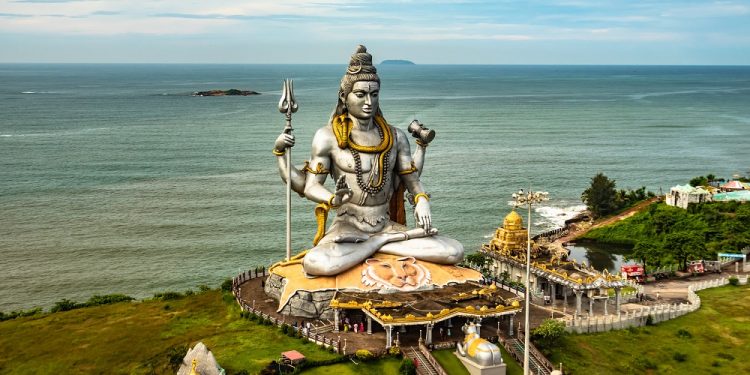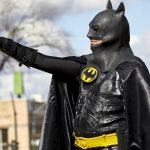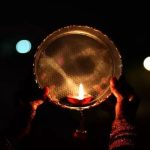
Maha Shivaratri
Maha Shivaratri, also known as the Great Night of Shiva, is a Hindu festival celebrated annually on the 13th or 14th night of the new moon in the Hindu month of Phalgun and during Krishna Paksha, which is between February and March on the Gregorian calendar.
History of Maha Shivaratri
According to the Puranas, Sanskrit writings that were composed around the 4th century A.D., during the great churning of the ocean known as Samudra Manthan, a pot of poison emerged from its depths. This pot of poison alarmed all the gods and demons, for they knew it was potent enough to destroy the entire world.
They all turned to Shiva for his divine assistance. Shiva decided the best way to neutralize this threat was to consume the poison and save the world from its catastrophic effects. After he drank the toxic mixture, his throat turned blue, and from that moment on, he was called the blue-throated one or Neelakantha.
Maha Shivaratri was then established as the celebration of Shiva saving the world from this calamity. However, while this is the main legend associated with the festival, it is not the only one. In another legend, Brahma and Vishnu were arguing over who was the superior. Their battle became so intense that it terrified the other gods.
They were so concerned that they sought Shiva’s divine intervention. Shiva appeared at the battleground and manifested as a vast column of fire to demonstrate the futility of their dispute. Brahma and Vishnu agreed that whoever could find the end of this colossal fiery column would be deemed superior.
Vishnu transformed into Varaha and delved into the earth, while Brahma took the form of a bird and soared towards the sky. Despite their efforts, neither could find the end. Brahma, however, encountered a Ketaki flower drifting down from the sky.
When he asked the flower where it had come from, it replied that it had been placed at the top of the fire column as an offering to Lord Shiva. Unable to find the column’s end, Brahma decided to use the flower as false evidence of his success. When Brahma claimed to have reached the top, Shiva, knowing he was lying, punished him by cursing him so that no one would ever worship him. The Ketaki flower was also prohibited from being used as an offering for supporting Brahma’s falsehood. Since Shiva revealed himself on the 14th day of Phalguna, worshiping Shiva on this day is considered auspicious.
Maha Shivaratri Customs & Celebrations
In honor of Lord Shiva, many devotees fast on this day. Some fast with a diet of milk and fruit, while others abstain from even a drop of water. Many believe that worshiping Shiva on this day with a sincere heart will absolve them of their sins, liberate them from the cycle of reincarnation, and bring them fortune and happiness.
Devotees also take a ritual bath in the Ganga River early in the morning. They wear new clothes and visit Shiva temples to bathe the Lingam ritually with water, milk, and honey.








